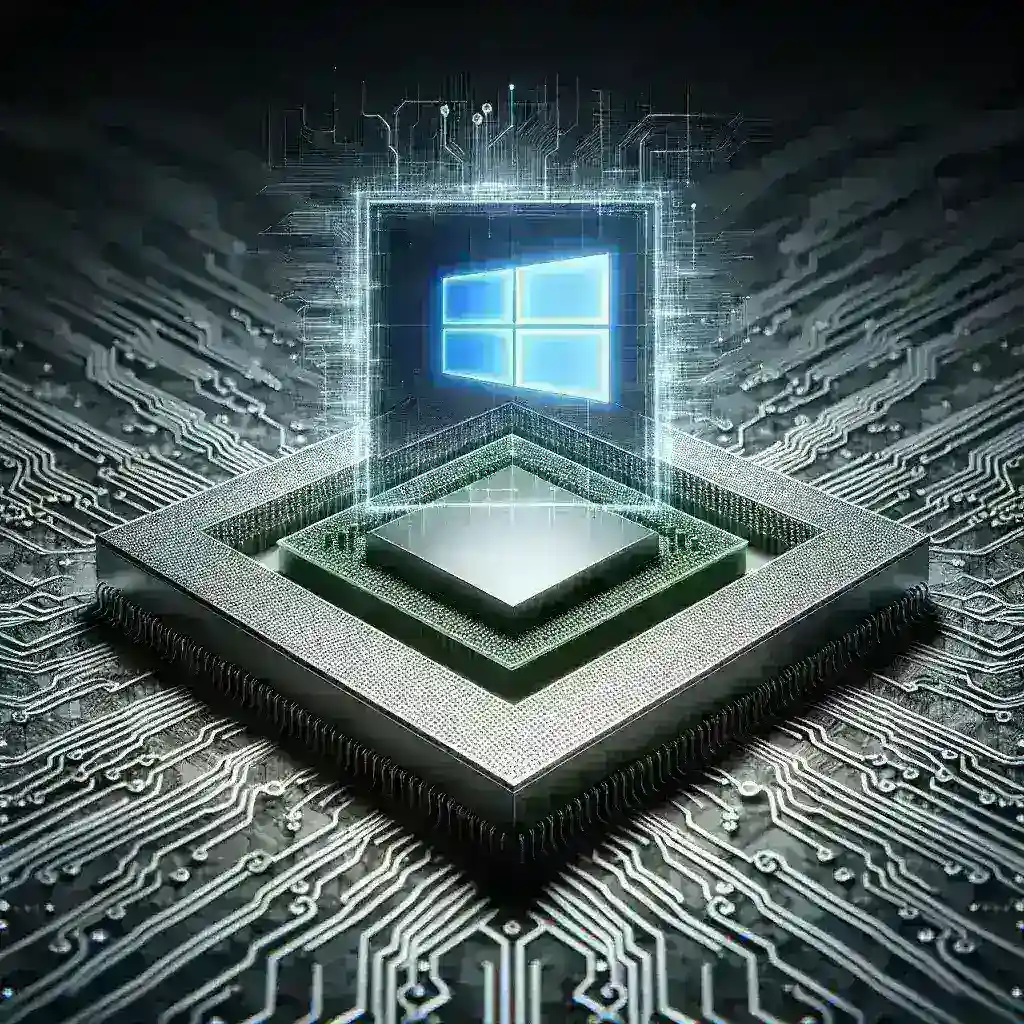Introduction
The evolution of computing has reached a pivotal moment with the introduction of the Arm-based Snapdragon X Elite. As we delve into what this new technology signifies for the viability of Windows-on-Arm, it’s essential to understand the intricate relationship between hardware capabilities and software compatibility. The Snapdragon X Elite is not just another processor; it represents a significant shift in how we perceive Windows operating systems on ARM architecture.
The Rise of ARM Architecture
Historically, ARM architecture has been recognized for its efficiency and power management, making it ideal for mobile devices and embedded systems. However, with the advent of powerful processors like the Snapdragon X Elite, ARM’s potential is being realized in more demanding environments, including laptops and desktops that traditionally relied on x86 architecture.
What is the Snapdragon X Elite?
The Snapdragon X Elite is Qualcomm’s latest SoC (System on Chip) designed to deliver performance comparable to higher-end x86 processors while maintaining energy efficiency. Its architecture supports advanced AI capabilities, enhanced graphics, and improved multitasking abilities, making it a compelling choice for modern computing needs.
Key Features of Snapdragon X Elite
- Performance: The Snapdragon X Elite supports higher clock speeds and a multi-core design that enhances processing power.
- Energy Efficiency: This SoC is designed to consume less power, extending battery life in portable devices.
- AI Integration: Built-in AI capabilities allow for smarter, more responsive applications that adapt to user behavior.
- Graphics Performance: With advanced GPU support, the X Elite can handle demanding graphical tasks, making it suitable for gaming and content creation.
Windows-on-Arm: Background and Evolution
The Windows operating system has had a complicated relationship with ARM architecture. Initially, Microsoft faced challenges in adapting Windows to run on ARM-based devices, primarily due to compatibility issues with legacy applications. However, with subsequent updates and improved hardware, the situation has begun to change.
Early Attempts and Challenges
Microsoft’s first foray into Windows-on-Arm came with Windows RT, which was met with mixed reviews. The lack of support for traditional Windows applications led to limited adoption. However, with the introduction of Windows 10 on ARM, Microsoft made significant strides by allowing x86 emulation, enabling users to run a broader range of applications.
Current State of Windows-on-Arm
With Windows 11, Microsoft has further solidified its commitment to ARM architecture. The integration of new features that leverage ARM’s capabilities, along with improved emulation technology, has made Windows-on-Arm a more viable option for developers and consumers alike. The Snapdragon X Elite is a critical component in this evolving ecosystem, offering a powerful hardware foundation for Windows-on-Arm devices.
The Impact of Snapdragon X Elite on Windows-on-Arm Viability
The introduction of the Snapdragon X Elite heralds a new era for Windows-on-Arm, providing several advantages that enhance its viability in the market.
Performance Improvements
One of the primary concerns with Windows-on-Arm has been performance, especially when running demanding applications. The Snapdragon X Elite’s enhanced processing capabilities address these issues by offering performance levels that can rival traditional x86 processors. This improvement means that developers can create more sophisticated applications without being hindered by hardware limitations.
Enhanced Software Compatibility
With the X Elite’s capacity to handle x86 emulation more efficiently, software compatibility is set to rise. Users can expect smoother experiences when running legacy applications, which can further drive adoption among businesses and consumers who rely on specific software.
Efficient Power Usage
The energy-efficient design of the Snapdragon X Elite means that devices running Windows-on-Arm can benefit from longer battery life, a crucial factor for mobile users. This advantage can make ARM-based devices more appealing in a market where portability and performance are paramount.
Future Predictions for Windows-on-Arm
The trajectory of Windows-on-Arm is likely to shift positively as manufacturers embrace the Snapdragon X Elite. Here are a few predictions for the future:
- Increased OEM Support: As performance improves, more OEMs are likely to release ARM-powered devices, expanding the market offerings.
- Broader Software Ecosystem: With enhanced compatibility, expect more software developers to create applications optimized for ARM architecture.
- Gaming and Media Consumption: The powerful graphics capabilities of the X Elite may lead to a rise in gaming and media consumption on Windows-on-Arm devices, attracting a broader audience.
Pros and Cons of Windows-on-Arm
Pros
- Battery Life: Devices are likely to run longer without needing frequent charges.
- Performance: New processors like the Snapdragon X Elite provide significant performance boosts.
- Portability: Lightweight and powerful, these devices are perfect for users on the go.
Cons
- Compatibility Issues: While improving, some legacy applications may still face challenges.
- Limited Hardware Options: Currently, there may be fewer choices compared to traditional x86 systems.
Conclusion
The Snapdragon X Elite marks a significant milestone in the journey toward viable Windows-on-Arm computing. As Qualcomm continues to innovate and improve upon its technology, we can expect a more robust ecosystem that embraces the strengths of ARM architecture. The future looks promising, and as software and hardware converge harmoniously, Windows-on-Arm may finally claim its rightful place in the world of computing.

